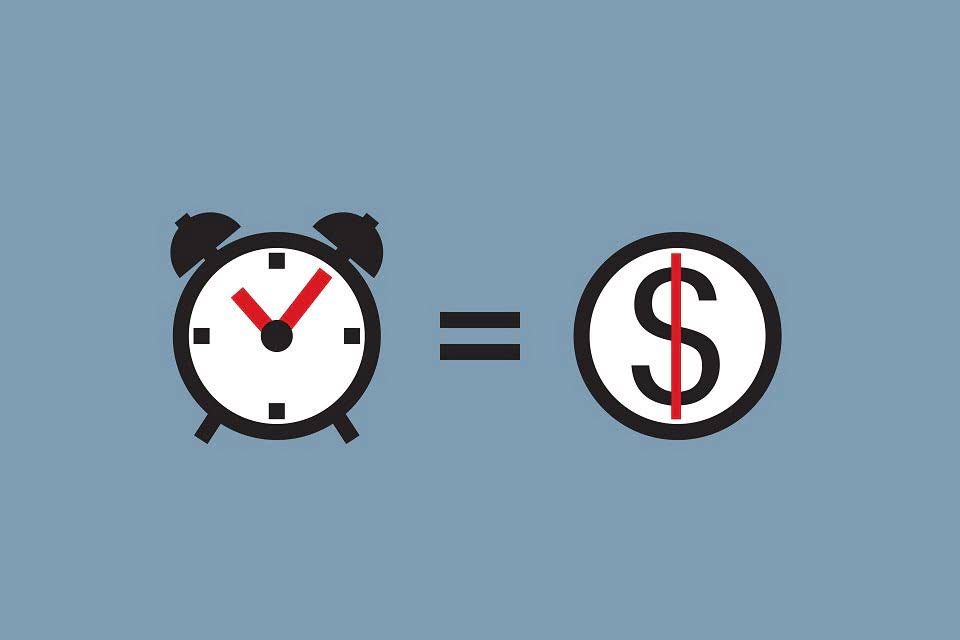
With shifting budgets and different departments needing more or less from the company every month, having a precise account of every expense and how it relates to future sales is a must. To sum it up, the issue of how we can calculate the percentage of sales in Excel using 4 separate examples. Another variable is step costing, which are costs that do not change steadily with sales volume but at discrete points. For example, purchase discounts may be applied to purchases once a unit count passes, say, 10,000 per year. The cost is variable and changes to a different percentage of sales in response to a different volume level. So, I am sure now you know everything about how to calculate the percentage of sales.

This is the amount of profit left after the company has paid all its liabilities and dividends to shareholders. Retained earnings are part of the company’s equity that can be used and added to net income to fund the company’s future projects. Expenses are the following elements in the financial statements that are affected by changes in sales volume. When the percentage-of-sales method doesn’t cut it, there are a couple more ways to determine a business’ financial outlook. The store owner needs to look at each line item on the financial statement and work out the percentage in relation to revenue.
Tactics for Better Sales Forecasting [+5 Forecasting Models to Leverage]
For the percentage-of-sales method to yield accurate forecasts, it is best to apply it only to selected expenses and balance sheet items that have a proven record of closely correlating with sales. Outside of these items, percent of sales method formula it is better to develop a detailed, line-by-line forecast that incorporates other factors than just the sales level. This more selective approach tends to yield budgets that more closely predict actual results.
Multiply the total accounts receivable by the historical uncollected accounts percentage to predict how much these bad debts might cost for the time period. A business would need to forecast the accounts receivable or credit sales using the available historical data. Understanding how quickly customers pay back credit sales over different periods, such as 30, 60, and 90 days, also helps. Companies with credit sales will want to keep tabs on their accounts receivable to ensure bad or aged debt isn’t building up. This method just focuses on accounts receivable and can complement the percentage-of-sales calculations. The accounts receivable to sales ratio measures a company’s liquidity by determining how many sales are happening on credit.
Balance sheet items
Retained earnings represent the amount of earnings that have been retained in the business since the company started operating. In other words, they represent the earnings after dividends have been deducted. Then you apply these percentages to the current sales figures to create a financial forecast, which includes the income and spending accounts.
The best part of this method is it doesn’t need loads of data to work, just the prior sales and a calculator (or software, if you want to make life easier). It’s also useful for risk management as it helps anticipate any financial challenges on the horizon, giving companies enough time to change course or correct any errors. Arm your business with the tools you need to boost your income with our interactive profit margin calculator and guide. After entering the formula, we will notice that the Increased value of sales is now showing in cell F5. After entering this formula, we can see that the value of the target sales is now showing in cell F5. If your sales were higher in the same period last year, the economy, and not your sales strategy, may be to blame.